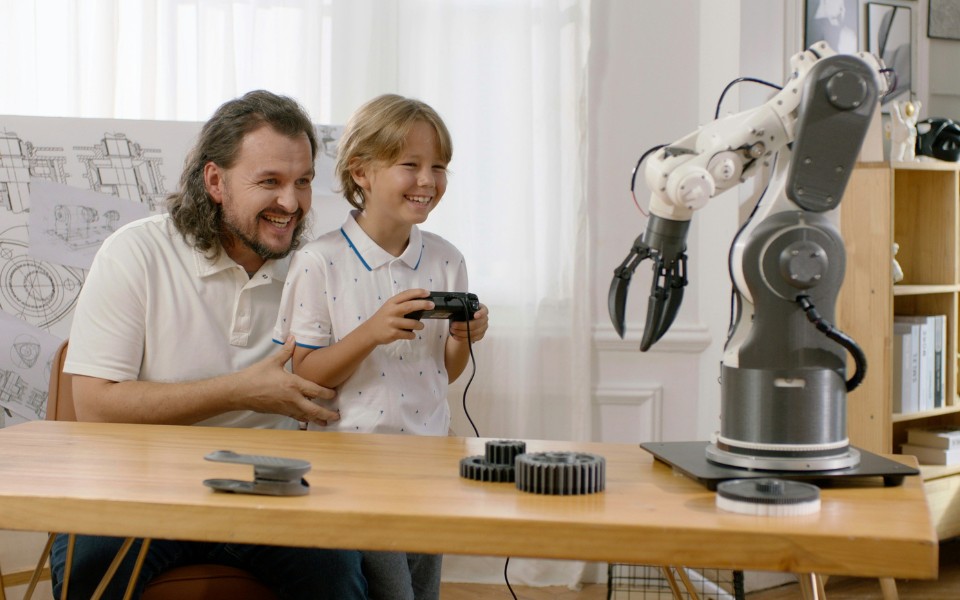From the days of basic conveyor belts and blinking indication lights, automation has advanced significantly. The robots of today “think” in addition to moving. However, one sometimes disregarded piece of technology is doing more than just powering machines as we get closer to intelligent automation. The modest Programmable Logic Controller (PLC) is subtly influencing the moral foundation of our automated future.
Even if a PLC isn’t featured on the cover of a tech magazine or trending on social media, it probably makes choices in the background, operating traffic lights, assembly lines, and even the systems that run our homes and hospitals. Furthermore, the logic we encode into PLCs becomes more than just functional—as automation becomes more sophisticated and we move closer to teaching robots, it becomes philosophical.
Beyond the Code – When Morality Meets Logic
PLCs are fundamentally decision-makers. They follow a set of logical processes depending on input, even if they don’t feel or understand like humans do. Consider: Activate the cooling system if the temperature is higher than 100°F. It looks easy. But teaching robots becomes far more complex when programming a PLC begins to resemble establishing a moral code—especially as you scale that up to robots on manufacturing floors that must decide between operational efficiency and human safety.
This is when things become complex. Is speed more important to a machine than redundancy? Profit over the effects on the environment? These are no longer only engineering choices. They are moral decisions, and PLCs play a key role in how those decisions are carried out.
The Details Are Where the Ethics Are
The fact that PLCs are making poor decisions is not the true problem. The reason is that they are using the reasoning we have programmed into them to make our decisions. Then, the issue arises: Are we teaching robots to think effectively or responsibly?
Robotic arms sort packages in an automated warehouse under the supervision of a PLC. Conveyor jams force a choice between slowing down the entire operation or switching to a quicker (but less secure) backup mechanism. The “right” choice may rely on factors like package fragility, transport schedules, or safety—all of which call for consideration and discernment. This highlights the importance of teaching robots how to weigh complex trade-offs, rather than simply executing predefined responses.
A Mechanical Mind’s Human Component
It’s easy to think of automation as impersonal and cold. Though, it is incredibly human. Every PLC safety protocol, automated process, each line of logic is the result of human priorities.
The discussion of PLCs can no longer be limited to technical topics as automation continues to permeate more aspects of society—from factories that don’t require lighting to vehicles that drive themselves. Whether we’re programming PLCs or teaching robots, it must be morally right. It must be human.
We Program What We Think as a Final Thought
Using PLCs to train robots to “think” is akin to educating them to mimic us. This means we must make sure the logic we develop reflects our values.
Automation’s future is not solely dependent on more intelligent sensors or quicker processors. One line of reasoning at a time, depends on the choices we make today.
Also read: The Evolution of PLCs: From Basic Control to Smart Automation



